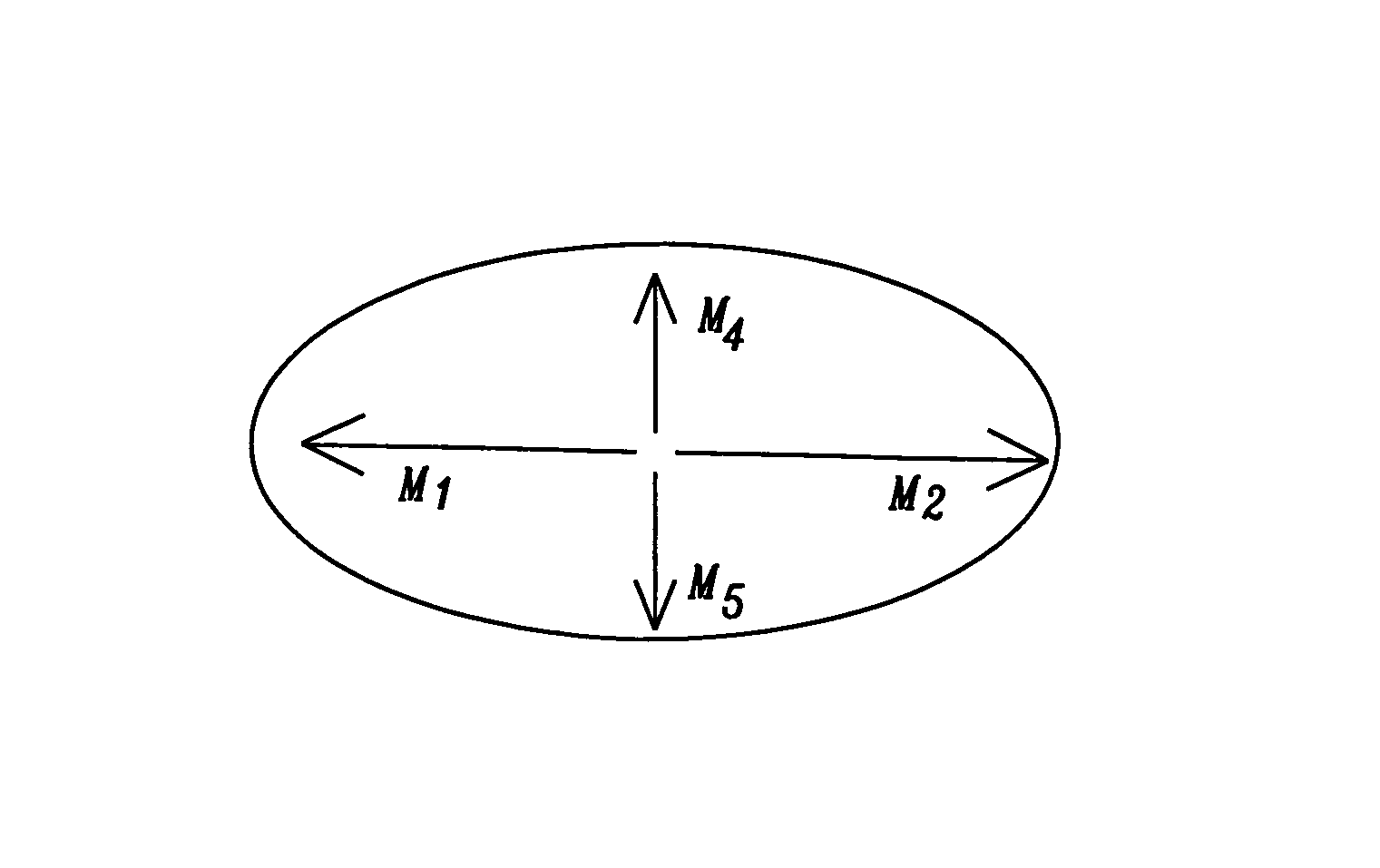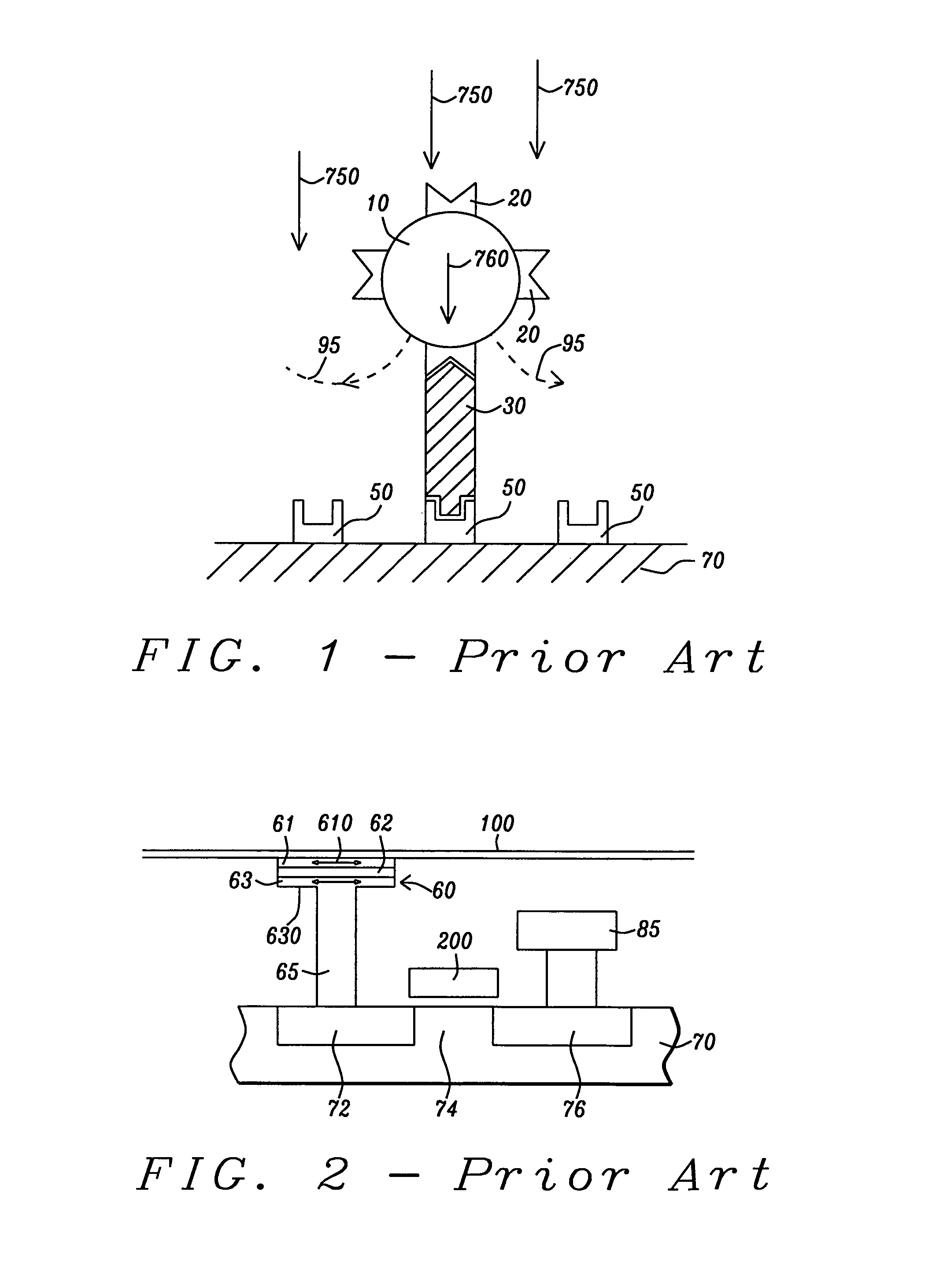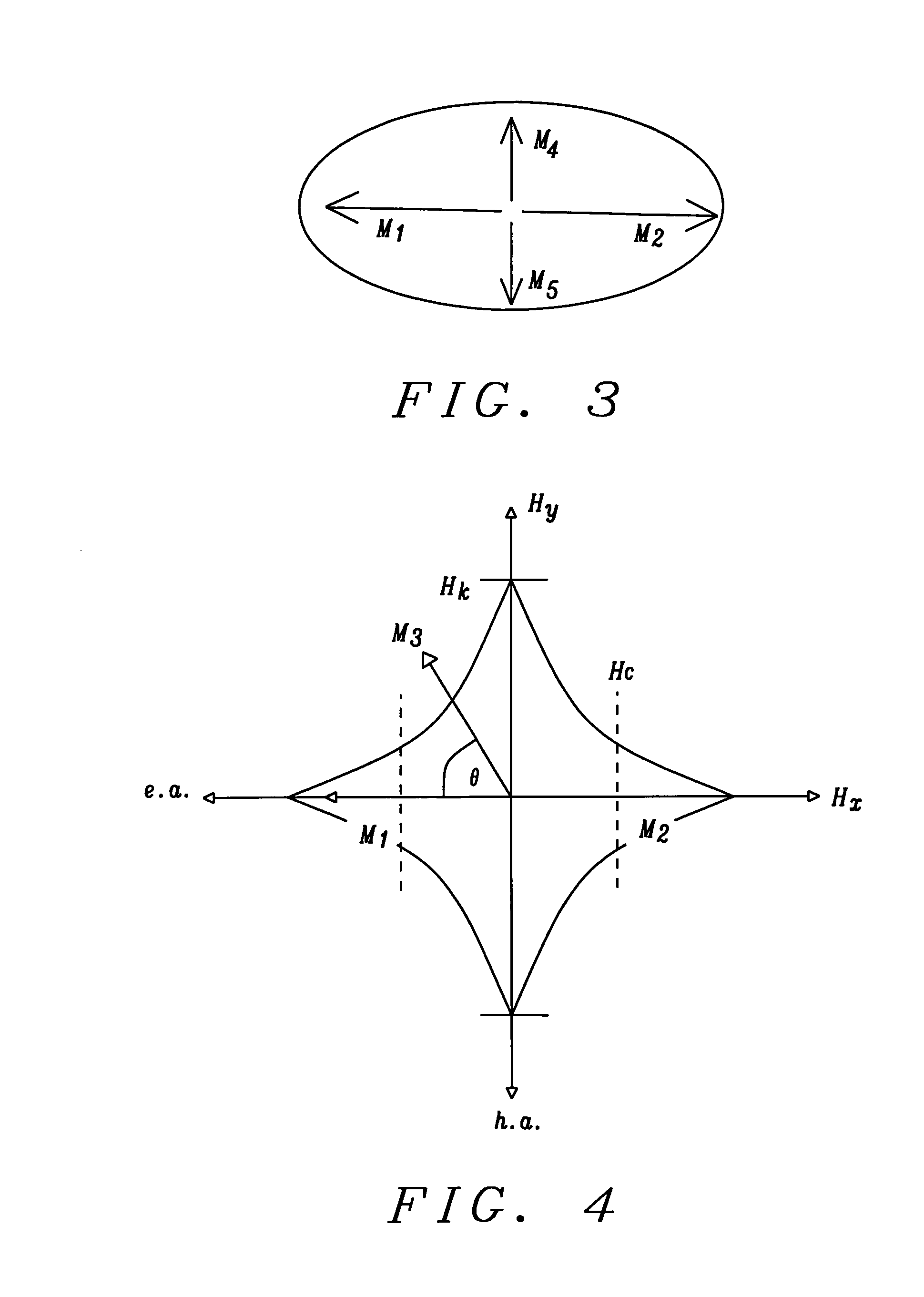Bio-sensor with hard-direction field
a biosensor and field technology, applied in the field of detection of small magnetized particles by magnetic sensors, can solve the problems of requiring comparatively large magnetized particles, unstable magnetization state, lack of stability, etc., and achieve the effect of reliable counts of such detections and reduced detection errors due to the varying magnitude of small magnetic fields
- Summary
- Abstract
- Description
- Claims
- Application Information
AI Technical Summary
Benefits of technology
Problems solved by technology
Method used
Image
Examples
Embodiment Construction
[0049]The preferred embodiment of the present invention is a magnetic sensor for detecting the presence of small magnetized particles that are bonded to biochemical species in an analyte, so the sensor, in actuality, becomes a sensor of the molecular species by sensing the magnetic particles bound to them. These species are, in turn, caused to be bonded to sites on the substrate of the sensor, so that the magnetic particles are also then, in effect, affixed to the substrate. The sensor includes a regular array of sensor elements, each of which has (at least) two low energy states of stable equilibrium and (at least one) state of intermediate energy unstable equilibrium which can be made to transition into either of the (at least two) stable states by the presence of a nearby magnetized particle, such as the particle affixed to the bonded species. The sensor includes a mechanism for placing each element in its unstable state and a mechanism (which can be the same mechanism) for maint...
PUM
| Property | Measurement | Unit |
|---|---|---|
| size | aaaaa | aaaaa |
| particle size | aaaaa | aaaaa |
| aspect ratio | aaaaa | aaaaa |
Abstract
Description
Claims
Application Information
 Login to View More
Login to View More - R&D
- Intellectual Property
- Life Sciences
- Materials
- Tech Scout
- Unparalleled Data Quality
- Higher Quality Content
- 60% Fewer Hallucinations
Browse by: Latest US Patents, China's latest patents, Technical Efficacy Thesaurus, Application Domain, Technology Topic, Popular Technical Reports.
© 2025 PatSnap. All rights reserved.Legal|Privacy policy|Modern Slavery Act Transparency Statement|Sitemap|About US| Contact US: help@patsnap.com



